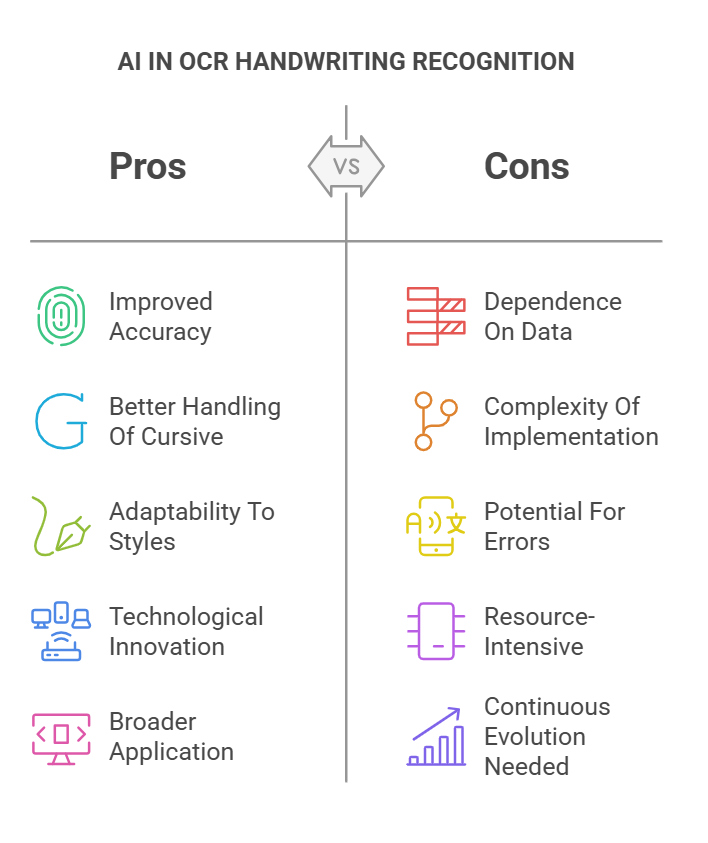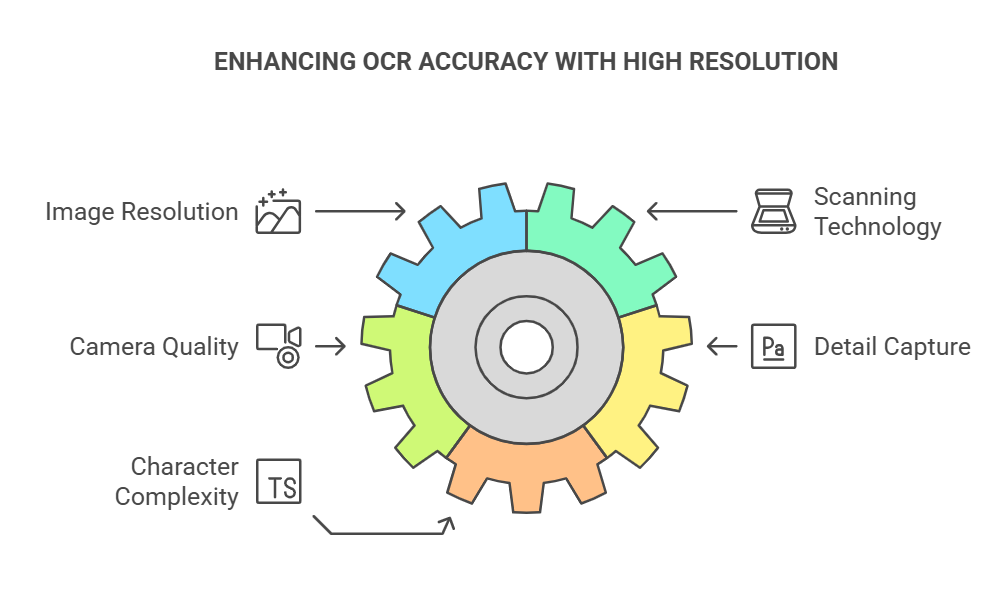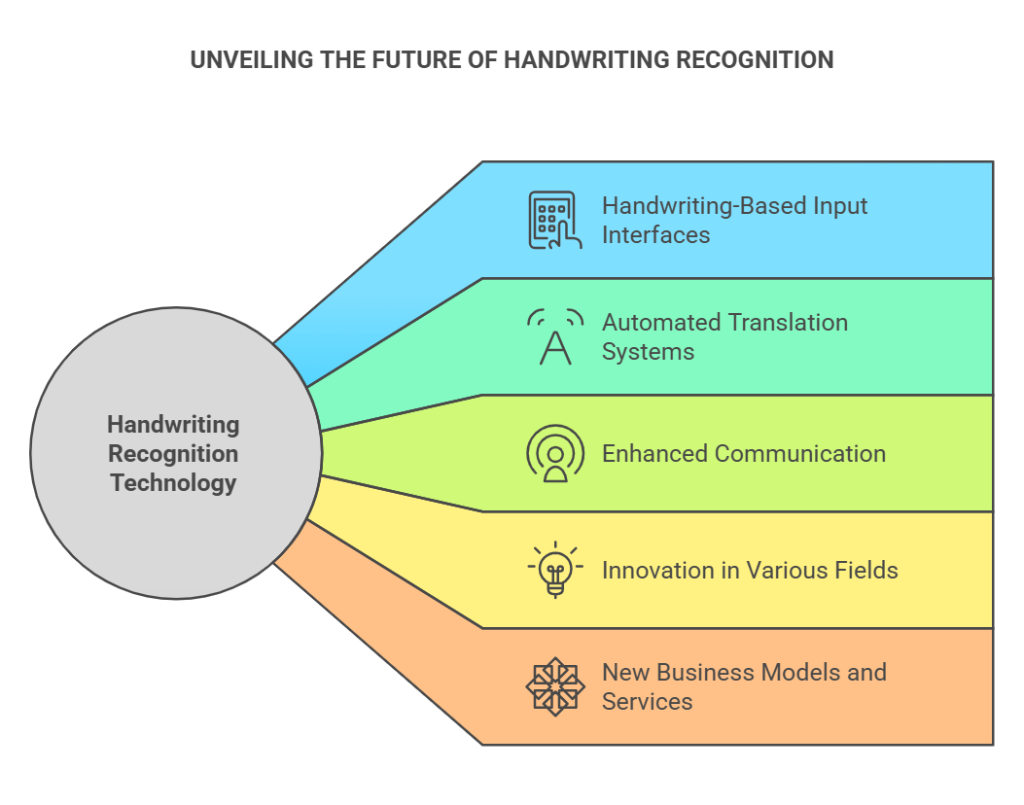
Hello, I am Kakeya, the representative of Scuti.
Our company specializes in services such as offshore development and lab-type development in Vietnam, as well as generative AI consulting. Recently, we have been fortunate to receive numerous requests for system development in collaboration with generative AI.
If you found this article through a search for “OCR handwriting,” you are probably looking for ways to digitize handwritten text. However, the recognition accuracy of handwritten text is generally lower than that of printed text, and it may not always work as expected. In recent years, thanks to advances in AI technology, the accuracy of OCR handwriting recognition has improved dramatically. Various services and software solutions have emerged, making it possible to digitize even complex handwritten text with high accuracy—something that was previously difficult to achieve.
In this article, we will introduce the latest technologies in OCR handwriting recognition, practical use cases, and tips for achieving even higher accuracy. This article is packed with useful information to help you overcome challenges related to “OCR handwriting” recognition.
Fundamental Understanding of OCR Handwriting Recognition

If you would like to learn more about AI-OCR, please take a look at this article first.
Related Articles: What is AI OCR? A Detailed Explanation of the Latest Technology and Industry Use Cases
What is OCR Handwriting Recognition?
OCR handwriting recognition is a technology that captures handwritten characters as image data and converts them into digital text using AI technology. Traditional OCR was mainly specialized in recognizing printed text, but with advances in AI technology, the accuracy of handwriting recognition has significantly improved.
This advancement has made it possible to efficiently digitize handwritten notes and documents. To accommodate the diversity of handwritten text, AI learns from large amounts of data, enabling it to recognize different writing styles and variations.
As a result, the digitization of handwritten text has become more practical, and its applications are expected to expand in various fields.
Differences Between OCR Handwriting Recognition and Traditional OCR
The main difference between OCR handwriting recognition and traditional OCR lies in the type of text they recognize. Traditional OCR is designed to recognize printed text, whereas OCR handwriting recognition targets diverse handwritten characters. Since handwriting varies from person to person, it is generally more challenging to recognize than printed text.
However, with the latest AI technology, these challenges are gradually being overcome. Recognizing handwritten text requires advanced algorithms that capture the shapes and characteristics of strokes.
Thanks to these advancements, the accuracy of handwriting recognition has improved, making it possible to digitize an increasing number of handwritten documents with high precision.
Use Cases of OCR Handwriting Recognition

Improving Efficiency in Document Processing
OCR handwriting recognition significantly contributes to streamlining business operations by digitizing handwritten documents. For instance, by scanning handwritten documents such as questionnaires and application forms and converting them into digital data, the effort required for manual data entry is eliminated. This makes data analysis easier and improves overall operational efficiency. By utilizing handwriting recognition technology, companies can reduce human input errors and enhance data accuracy.
Furthermore, digitalized data can be integrated with other systems, enabling further automation and efficiency improvements in operations.
Additionally, handwriting recognition technology is widely used in business processes such as customer information management and contract processing. This helps accelerate operations and reduce costs, allowing companies to provide faster and more accurate customer service, thereby increasing their competitiveness.
Application in Education
OCR handwriting recognition is also actively used in educational settings. By digitizing handwritten exam answers and notes, grading processes can be streamlined. This also facilitates learning analysis, allowing teachers to better understand each student’s progress and tailor individualized instruction accordingly.
As a result, the quality of education improves. Moreover, digitalized data can be easily shared across educational institutions, ensuring consistency in education. This not only enhances educational quality but also reduces the workload of teachers. Additionally, digitized information contributes to the development of new learning methods and promotes innovation in education.
Digitization of Historical Documents
OCR handwriting recognition is also valuable for digitizing historical documents. By digitizing valuable materials such as ancient manuscripts and letters, deterioration of these documents can be prevented, ensuring their accurate preservation for future generations.
Moreover, digitalized documents can be easily searched and analyzed, facilitating research activities. This enables more in-depth and extensive historical studies. Digitalized historical materials can also be made available online, increasing accessibility for a wider audience.
This contributes to the dissemination of historical knowledge and promotes the preservation and utilization of cultural heritage.
Technical Aspects of OCR Handwriting Recognition

Advancements in AI Technology and OCR Handwriting Recognition
The improvement in OCR handwriting recognition accuracy is heavily dependent on advances in AI technology, particularly deep learning. Deep learning is a technique that enables the recognition of complex patterns by learning features from large amounts of data.
In handwriting recognition, the application of deep learning has significantly enhanced the accuracy of recognizing cursive or distorted handwriting, which was challenging for traditional methods.
As a result, OCR handwriting recognition can now accommodate a greater variety of handwriting styles, making it applicable in more diverse scenarios. With the continuous evolution of AI technology, the accuracy of handwriting recognition is expected to improve even further, driving further technological innovations in this field.

TrOCR: Transformer-based OCR Model
TrOCR is a model that applies a deep learning model called Transformer to Optical Character Recognition (OCR). The Transformer has demonstrated high performance in the field of Natural Language Processing (NLP), and by applying this technology to OCR, TrOCR achieves higher recognition accuracy than conventional models.
TrOCR understands the context of characters, enabling more accurate recognition, making it particularly effective in recognizing handwritten text.
As a result, the digitization of handwritten text can be performed more efficiently, and its applications are expected in various fields.
CRAFT-TrOCR: Integration of Text Region Detection and Recognition
CRAFT-TrOCR is a model that combines the text region detection model CRAFT with TrOCR. CRAFT detects text regions in an image, while TrOCR is responsible for recognizing the text in those regions. By integrating these two models, highly accurate OCR handwriting recognition is achieved.
This integration allows for high-precision recognition even in documents with complex layouts or those that contain both handwritten and printed text. These technologies are particularly useful for handling documents in diverse formats.
With the introduction of CRAFT-TrOCR, handwriting recognition accuracy is further improved, enabling more efficient digitization of a wider range of documents.
OCR Handwriting Recognition Services and Software

Cloud-Based OCR Handwriting Recognition Services
Cloud-based OCR handwriting recognition services are accessible via the internet.
Major IT companies such as Google Document AI, Microsoft Azure Document AI, and Amazon Textract provide these services. These services are equipped with high-precision recognition engines and a wide range of features, allowing for efficient processing of large volumes of documents. One of the advantages of cloud services is that they always provide the latest technology.
This ensures that users can always utilize the most up-to-date technology while eliminating the need for system updates and maintenance. Cloud-based services offer high scalability, allowing for flexible resource allocation as needed, making them suitable for businesses of various sizes.
Desktop Applications
Desktop applications are software programs installed and used on personal computers. There are PDF editing software with OCR handwriting recognition capabilities, such as Prizmo and Nitro PDF Pro.
Since these applications can be used offline, they are ideal for handling highly confidential documents. Additionally, they offer a high degree of customization, allowing users to tailor the settings to their specific needs. This enables optimized configurations for particular workflows, further improving operational efficiency.
Desktop applications can be used reliably even in environments with unstable internet connections, making them applicable across a variety of work settings.
Mobile Applications
Mobile applications are apps that can be used on smartphones and tablets. Apps such as Google Keep and Evernote allow users to digitize handwritten notes.
These applications are highly convenient for quickly digitizing notes and ideas while on the go. Furthermore, by integrating with the cloud, they facilitate easy data sharing and backups.
This ensures data accessibility from anywhere while maintaining consistency of information. Mobile applications offer flexible usability tailored to users’ lifestyles and are widely used for both personal and business purposes.
Tips for Improving OCR Handwriting Recognition Accuracy

Using High-Resolution Images
The accuracy of OCR handwriting recognition improves as image resolution increases. By using images captured with a scanner or a high-megapixel camera, more accurate recognition results can be obtained. High-resolution images are particularly important for intricate details and complex characters.
High-resolution images allow for clear capture of fine details in characters, helping AI recognize text more accurately. By using high-resolution images, it is possible to capture subtle characteristics of handwritten text, thereby enhancing recognition accuracy.

Writing Techniques
Writing characters neatly can improve the accuracy of OCR handwriting recognition. Specifically, techniques such as spacing characters appropriately, writing in a clear, print-like style, and preventing ink smudging are effective. These measures make it easier for AI to accurately recognize characters.
In particular, clear character shapes have a significant impact on recognition accuracy. By improving writing techniques, it is possible to enhance the accuracy of handwritten text recognition and achieve more precise digitization.
Adjusting Lighting Conditions
When performing OCR handwriting recognition, setting up appropriate lighting conditions is crucial. In environments that are too bright or too dark, image quality may degrade, negatively affecting recognition accuracy.
Capturing images under even lighting improves text visibility and enhances recognition accuracy. Adjusting lighting is especially important for avoiding shadows and reflections. By ensuring optimal lighting conditions, the accuracy of handwritten text recognition can be improved, leading to more precise digitization.
Performing Preprocessing
Preprocessing images can further enhance the accuracy of OCR handwriting recognition. Specifically, performing noise reduction, contrast adjustment, and skew correction improves image quality and increases recognition accuracy. These preprocessing steps can be efficiently executed using automated tools and software.
Proper preprocessing enables AI to recognize characters more accurately. By implementing preprocessing, the accuracy of handwritten text recognition is improved, facilitating more precise digitization.
Future Prospects of OCR Handwriting Recognition

Further Advancements in AI Technology
AI technology is evolving daily, and the accuracy of OCR handwriting recognition is expected to improve even further in the future. In particular, the development of OCR handwriting recognition capable of handling more complex handwriting and supporting multiple languages is progressing, which will expand its international usability.
With the evolution of AI technology, handwriting recognition accuracy is expected to improve, enabling support for a wider range of languages and writing styles. The advancement of AI technology will unlock new possibilities for handwriting recognition and is expected to be applied in various fields.
Creation of New Application Scenarios
As OCR handwriting recognition technology advances, new application scenarios are likely to emerge. For example, handwriting-based input interfaces and systems that recognize handwritten text and automatically translate it can be envisioned.
This will enable more efficient communication and information processing, fostering innovation in various fields. With the introduction of new technologies, the potential of handwriting recognition will expand further, making it applicable to many aspects of daily life and business.
The evolution of handwriting recognition technology has the potential to drive the creation of new business models and services, providing new value to society as a whole.

Conclusion

OCR handwriting recognition has rapidly evolved in recent years due to advancements in AI technology. Various services and software have emerged, making the digitization of handwritten text easier and more accurate than ever before.
OCR handwriting recognition is being utilized in a wide range of fields, including business efficiency improvement, education, and the preservation of historical documents. As AI technology continues to evolve, the accuracy of OCR handwriting recognition is expected to improve further, leading to the creation of new application scenarios.
The advancement of handwriting recognition technology will provide new value to society as a whole and drive innovation across various industries.
